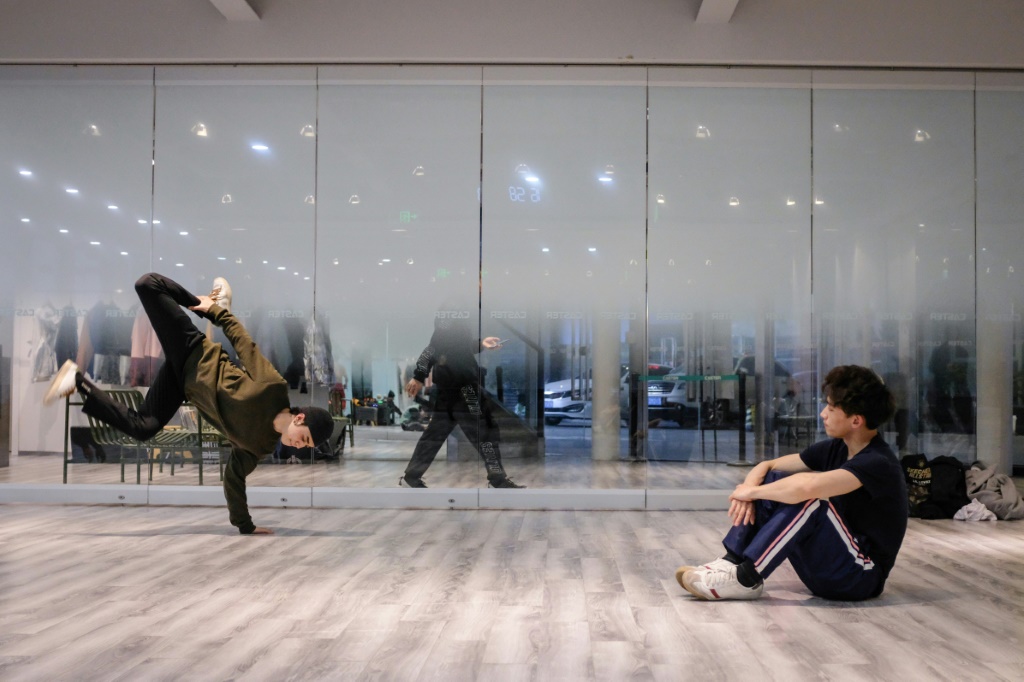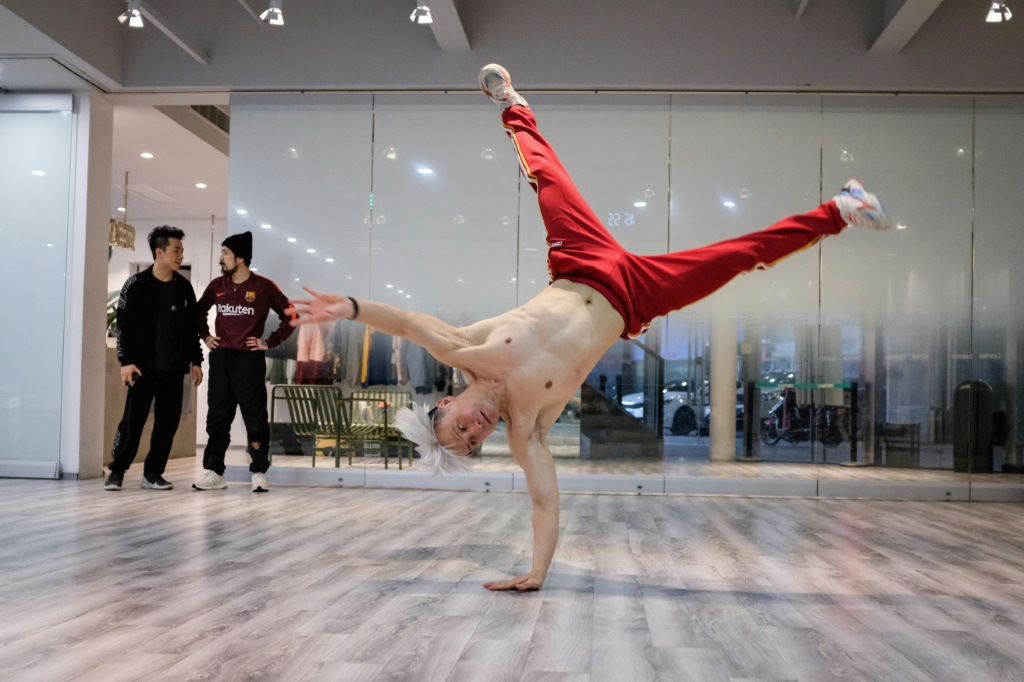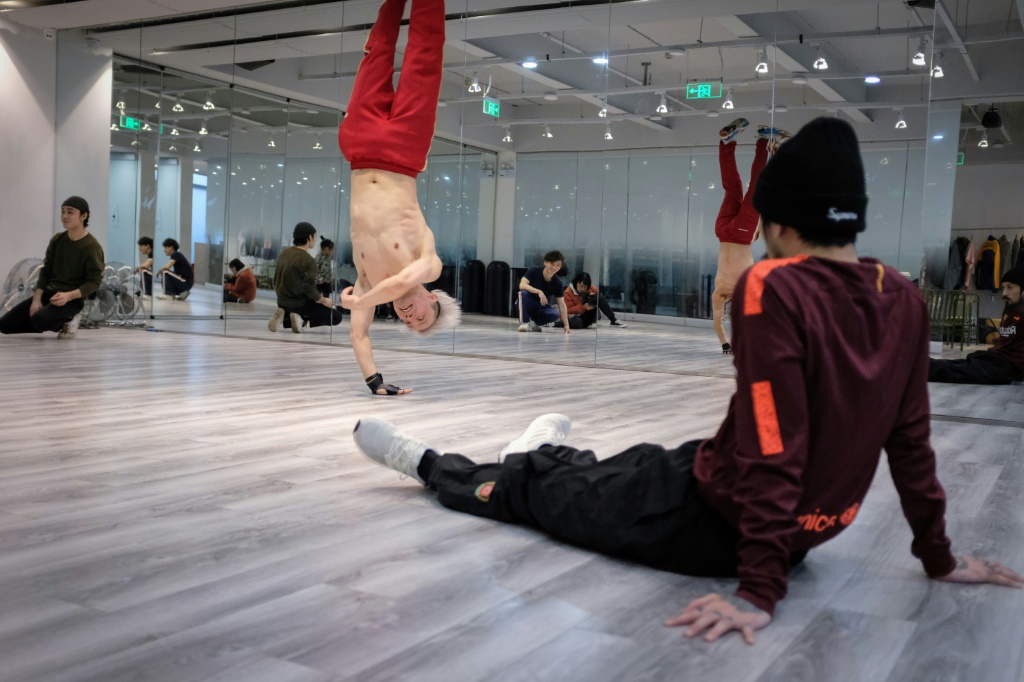Breakdancing: Included in Paris Olympics 2014; China Trying to Catch Up
“Mama Said Knock You Out” booms through a speaker as a handful of B-boys bust out their breakdancing moves in sporadic spurts of energy.
The 1990s LL Cool J hip-hop classic and their gear — tattoos, beanie hats and caps — hark back to breakdancing’s American roots.
But this is Shanghai, and “breaking” is in the global spotlight like never before.

The International Olympic Committee (IOC) on Wednesday gave it the provisional nod for inclusion at the Paris 2024 Games.
Decried by sporting traditionalists, the move is designed to make the Games “more youthful and more urban”, according to IOC president Thomas Bach.
Wang Shenjiong, better known as “Danny” and a pioneer of breakdancing in China, said Olympic acceptance caps breaking’s journey from the streets and being “a rogue dance in smokey nightclubs”.
Wang was China’s head coach when breakdancing made its debut at the Summer Youth Olympics in Buenos Aires in October, and he has worked to help drum up support for the Olympic cause.
“Without the support of a big platform, any grassroots culture will become more and more niche, or even vanish,” said the 37-year-old, sporting a retro tracksuit.

“Through the Olympics we will take the competition to the most professional and highest level,” he added, admitting however that some B-Boys were concerned about commercialisation.
“The spirit of hip-hop culture is peace, love, unity, having fun.”
Wang zips off his tracksuit top to go bare-chested, spinning on one arm before landing back to the floor with a thwack as younger disciples stop and admire at his Shanghai dance studio.
Wang is a relative veteran — most breakdancers are over the hill by 25, he says — and has watched breaking grow in China since the late 1990s.
“If you master breaking, you are like Superman — but superior,” said Wang.
– ‘What matters is creativity’ –
At last year’s Youth Olympics in Buenos Aires, China’s “X-Rain” finished eighth of 12 in the boys’ competition, which was won by Russia’s “Bumblebee”.
Japan’s “Ram” won girls gold.
Wang picks out Olympic 2024 hosts France, the United States, Japan and South Korea as among the strongest nations.
There is also the Netherlands, Russia and Ukraine, he said, the spread of countries underlining how breakdancing has grown since its beginnings on the mean streets of early 1970s New York.

China may not strike many as the obvious place to find breakdancing.
But hip-hop and rap culture have recently found popularity in the country, fuelled in part by a highly successful reality rap show that debuted in 2017.
Even China’s government has caught on, appropriating rap rhythms to promote the Communist Party, while cracking down on explicit lyrics and even tattoos.
Wang cites rough estimates of 10 million Chinese engaged in some form of “street dance” — breaking, hip-hop, popping and other genres.
Wang began “breaking” in 1997, picking up moves from visiting Japanese and American students, and had a solid foundation thanks to his skills as a former gymnast.
From Shanghai, the scene spread to other Chinese cities after 2000.
“Overall China has lagged about 30 years behind and it is difficult to catch up in skills and physical fitness,” he said of Chinese breakdancing in comparison to the likes of the US.
There is also a lack of creativity, though that has begun to change, he said.
“Chinese breakdancers are transforming a type of dance while overseas dancers are making a total new one,” said Wang.
“What matters for breaking is the creativity, not the degree of completion.”
For updates regularly visit: allsportspk















